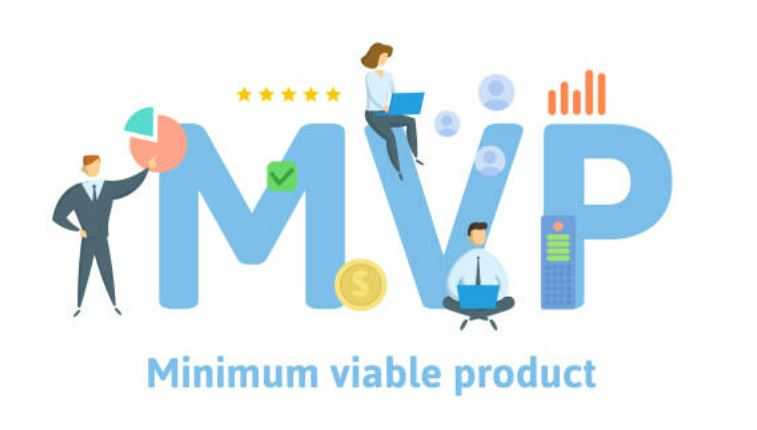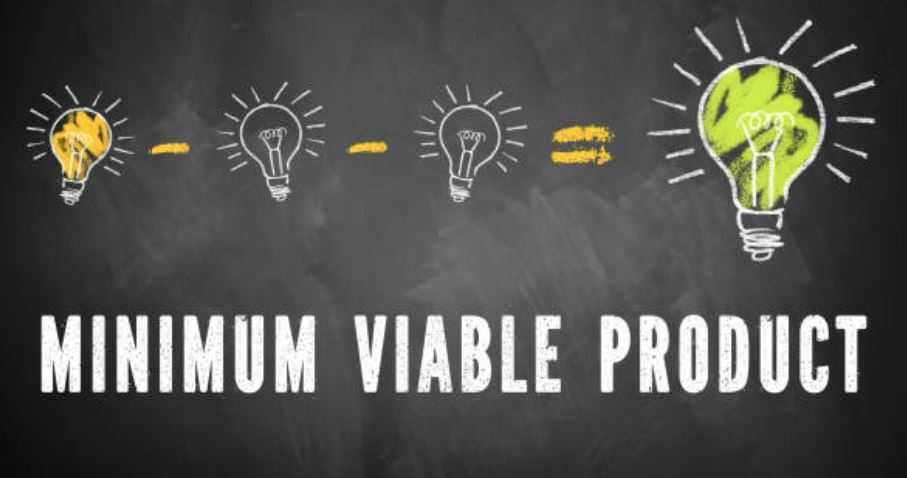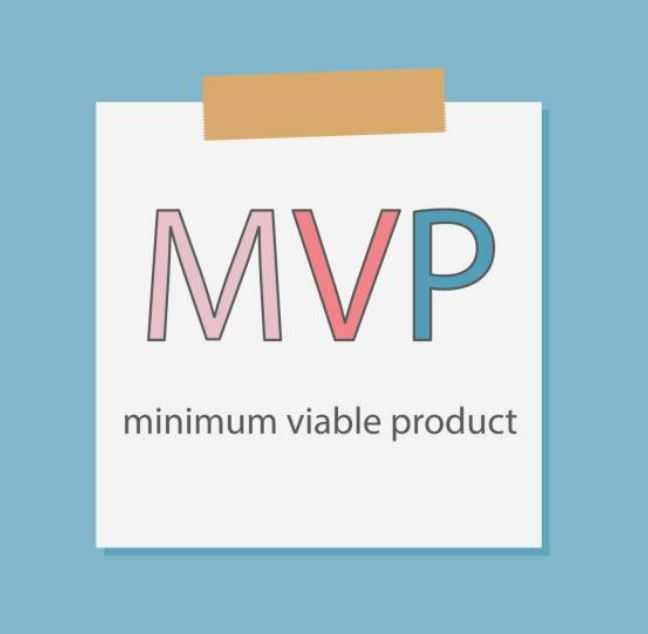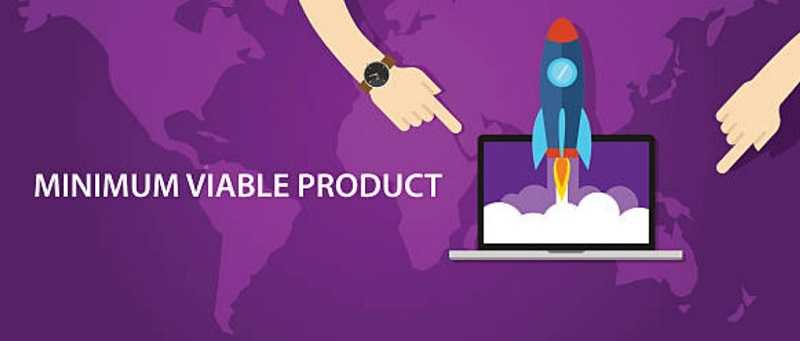Advantages Of Minimum Viable Products

The concept of a Minimum Viable Product (MVP) is a continuous process that's based on constant feedback from early users. A Minimum Viable Product (MVP) is the smallest thing you can make that provides value to customers.
What exactly is an MVP
An MVP, or minimum viable product, is the first version of a product with only the features that are required to deliver the core value and validate it with early customers.

In essence, MVP is used to gather feedback and determine whether the product is actually needed by users.
Early users may also share their vision for the functionality, allowing developers to adjust the product and plan future updates based on their knowledge of customers' needs and preferences.
As a result, the MVP strategy allows for lower development costs as well as a lower risk of financial failure as a result of bringing an unwelcome product to market.
A minimum viable product, according to the definition, allows a team to gather product observations, effort, and learn customer feedback from the core functionality of their product.
This makes it easier to stay focused on product iteration. At one time, the minimum viable product, or MVP, was often referred to as a minimum feature set by Steve Blank.
This isn't to say that MVP should be kept to a bare minimum. Knowing what your potential user's needs and problems are is essential to MVP.

Features of Minimum Viable Product
Three important features of a Minimum Viable Product
- It is valuable enough that people are willing to use or purchase it at first.
- It demonstrates enough long-term value to keep early adopters.
- It creates a feedback loop that can be used to guide future development.
Advantages of Minimum Viable Product
MVP #1. Identifying the Correct Audience
MVP's main goal is to achieve this. With the help of the MVP concept, one can achieve the best result by drawing suggestions based on knowledge and time.
MVP #2. Winning Investor/Stakeholder Buy-In
Stakeholder or investor buy-in is widely used by businesses to acquire funding and approval for mobile projects.
The key to gaining this support is to create confidence in the product you're promoting and its potential to produce the desired outcome.
Creating an MVP is an excellent way to acquire this buy-in since it helps businesses to test if their idea will work before seeking investors, ensuring that when they do, they will have a strong business case to show the product's market viability.
In addition, an MVP is a completely working product that allows companies to show investors a real product.
Stakeholders want to invest in products that will succeed, and an MVP not only proves the merits of a product but also provides a physical product that stakeholders can see and use, as well as if the buy-in is granted a product that can be introduced into the market without stakeholders having to wait months to see a return on their investment.

MVP #3. Putting Business Concepts to the Test
The most significant advantage of creating an MVP is that it allows businesses to test their business concepts.
Organizations can test if their product concept connects with their target audience by presenting a core set of features rather than a full-fledged, feature-heavy product, allowing them to adjust the direction of the product based on their findings.
Once the product is introduced, businesses will be able to see which social groups are the most active and how they interact with them.
This information can be used to adjust the app's functionality to the needs of these users.
It would be much more difficult to change anything in a feature-rich product because organizations would have to essentially rebuild the entire product. Instagram is an example of a company that did this with its MVP.
Instagram wasn't always the popular photo-sharing app it is now. Its core concept was originally based on a GPS feature. However, after it was launched, the concept was changed based on feedback.
MVP #4. Collect as much high-quality feedback as possible
Customer feedback is critical for any company, especially one that is just starting out. Positive feedback, on the other hand, is nearly impossible to come by.
Getting feedback, even negative feedback can be difficult in some cases. As a result, businesses develop a minimum viable product (MVP), which allows them to target a specific group of users and collect high-quality feedback and responses.
MVP #5. To Reduce Errors
Another important function of the MVP is to test the product hypothesis, which eliminates early-stage agile product iteration errors.
In the end, it reduces risk and accelerates the development of software products in any situation.
MVP #6. Getting into the market on a shoestring budget
The MVP (minimum viable product) is most popular among new market entrants, and it is common to launch a new product with a low budget.
So, even if there is a failure, they can deal with the various situations by correcting the problem, errors, weaknesses, and a mistake without losing. Most businesses create an MVP to test their financial viability.
The minimum viable product is the version that collects the most information about your customers' needs in order to provide effective service with the least amount of effort.
Author Bio
The Editorial staff includes content researchers from various areas of knowledge. They add a plethora of expertise to the Hubslides Editorial team. They constantly and frequently oversee, produce and evaluate contents that are most ideal to aid impacting knowledge to readers.
Article Comments
No Comments!
At present there are zero comments on this article.
Why not be the first to make a comment?
Similar Articles
Sponsor
Search Articles
Experts Column
Latest Articles
Featured Articles
Most Popular Articles













